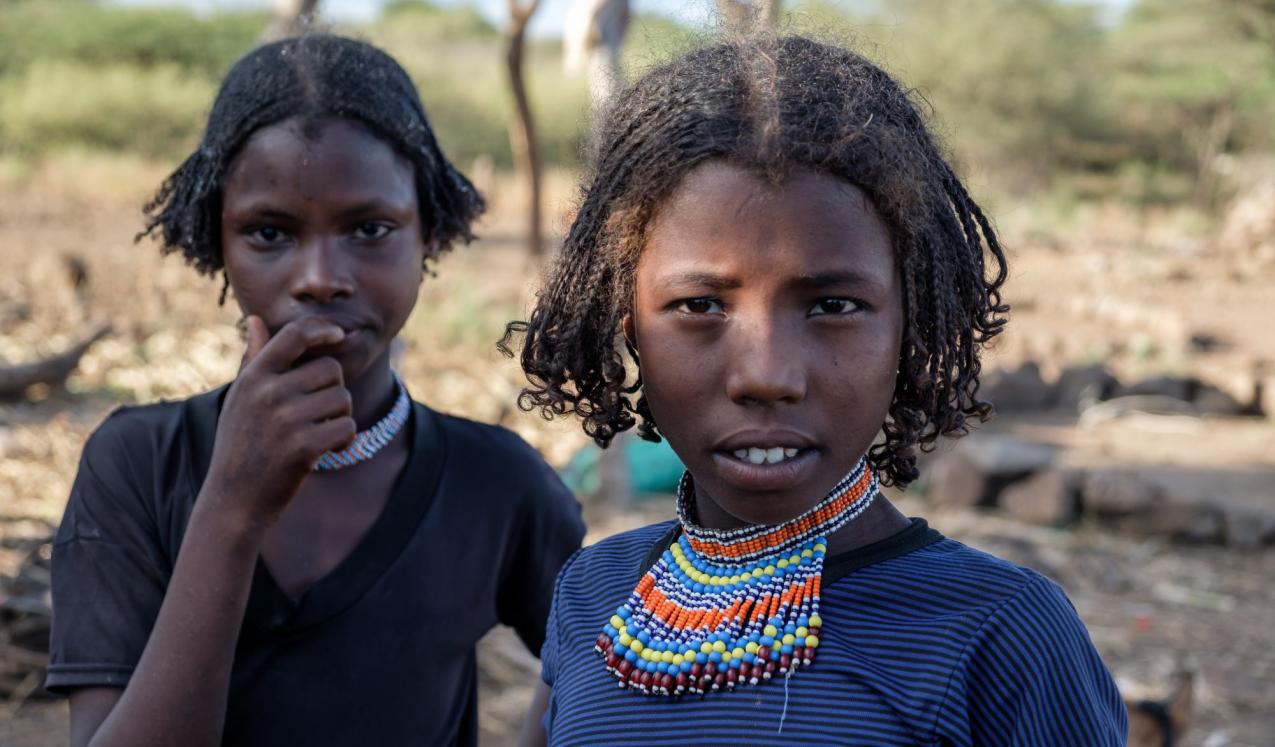In the past two years, a vast amount of research and advocacy efforts have highlighted the gendered effects of the COVID-19 pandemic. Nabamallika Dehingia, Erin Oakley, Amanda P. Miller, Arjun Neupane, Anamika Priyadarshini , Anita Raj, Namratha Rao and Jennifer Wagman blog on behalf of EMERGE. EMERGE is an initiative focused on building the quality and quantity of gender equality and empowerment measures and data globally.
Globally, women and girls continue to bear a disproportionate burden of the social and economic impacts of COVID-19. Women are more likely than men to experience job loss because they are exposed to the hard-hit economic sectors such as the service industry, healthcare, and the informal sector.
Violence against women is on the rise, with what has been termed the ‘shadow pandemic’, and unpaid domestic labor has increased for most women as a result of stay-at-home orders and school closures. Women’s access to maternal health, and sexual and reproductive health services has also been obstructed in many places, due to the shifting of focus to COVID-19 related services in medical facilities.
To capture the impact of the pandemic and accurately estimate the burden associated with the COVID-19 pandemic and associated lockdowns, application of comparable measures across global contexts is needed. EMERGE developed 18 survey measures on several thematic areas related to gender and COVID-19. Several of these modules were tested in seven countries – Ethiopia, Uganda, Jordan, Palestine, India, Bangladesh, and Nepal, with diverse adolescent and adult populations. Here, we briefly summarize the findings on community perceptions regarding COVID-19 impacts, from separate studies that were conducted during 2020-2021 across these countries.
Estimates from Ethiopia, Bangladesh, Jordan, and Palestine are based on the Gender & Adolescence Global Evidence (GAGE) study, an ongoing, longitudinal study which interviewed adolescents (currently ages 11-21) and their female caregivers during the pandemic. Findings from India are from a study with female local elected representatives (FLERs), and a survey with a random sample of adults provided findings for Nepal. The Uganda study used a population-based sample of individuals 13-80 years of age (AMBSO Population Health Surveillance (APHS) study).
- Across all seven countries, a majority reported loss of jobs and income, and an overall increase in household financial stress in their communities, due to the pandemic. People had to sell assets and turn to debts, to cope with the economic distress. Across the countries, around 50%-95% reported that there were people in their communities who had difficulty in affording to buy food for their families during the pandemic.
- Violence against women and children increased across geographies, although this increase varied by country. The GAGE study (Ethiopia, Bangladesh, Jordan, and Palestine) asked female caregivers if they thought violence towards women and children in their communities increased since COVID-19. Around 10-13% of caregivers reported an increase in violence in Ethiopia, compared to 19-30% in Bangladesh, and 39-49% in Jordan. Caregivers of adolescents living in Palestine were most likely to report an increase in violence against women in their communities (78%). Similar results were noted in Nepal, with 18% of the interviewed sample reporting an increase in violence against children (such as spanking or hitting) within the households, in their communities.
In India, around 13% of the FLERs reported an increase in violence against women (within households) in their communities. However, 61% from the same study shared that they intervened and attempted to stop abuse reported by women in their constituencies and 13% even claimed that they had intervened in such matters more often in the past 3 months. Findings from India emphasize the prevalence of denying/derecognizing criminal but socially internalized practices like domestic violence or child marriage. In Uganda, half of the surveyed women reported an increase in violence during the lockdown.
- During school closures, many children in communities across all countries were unable to continue their studies at home. In Bangladesh, Jordan, and Palestine, over 80% of adolescents agreed that COVID-19 had interrupted children’s education, with no significant differences in the responses between adolescent boys and girls. In Nepal, more than half of the respondents reported that they could not allocate time to support education and learning activities of their children during the pandemic.
- Unpaid work increased for adolescents, and more for girls than boys. In Ethiopia, Jordan, and Palestine, adolescent boys and girls were inquired about any increase in time spent on different household chores since the pandemic; we found adolescent girls in both countries to be bearing a higher burden of unpaid domestic work such as cooking and care giving as compared to adolescent boys. Although, in Ethiopia, a significantly higher number of boys than girls were devoting more time to agricultural activities since the pandemic.
- Adolescent girls in Ethiopia, Bangladesh, Jordan, Palestine, and Nepal faced barriers in accessing their menstrual product of choice during the pandemic. Around one third of adolescent girls in Ethiopia and urban Bangladesh (Dhaka) reported having difficulty getting her preferred product since the pandemic began, in addition to 20% of girls in Jordan, 13% in Palestine, and 24% in Nepal.The closures of community centers or shops, where menstrual products can be accessed by girls, and restrictions around movement may have created challenges in accessing sufficient sanitary supplies for many women and girls.
The pandemic has exposed and exacerbated existing gender inequalities in communities. It has also made certain geographies and communities more vulnerable to these inequalities. We observe differences across countries in gendered impacts of the pandemic. The existing socio-economic status of a country, gender norms, as well as government response and policies for COVID-19 will influence how the social impacts of COVID-19 manifests across geographies. While the evidence-base in the area of gender and COVID-19 has been growing, it is important that we continue to monitor the gendered aspects of the pandemic and identify trends and long-term effects.
Image Credit: Two adolescent girls from a pastoralist community in Afar, Ethiopia. Photo: Nathalie Bertrams/GAGE






